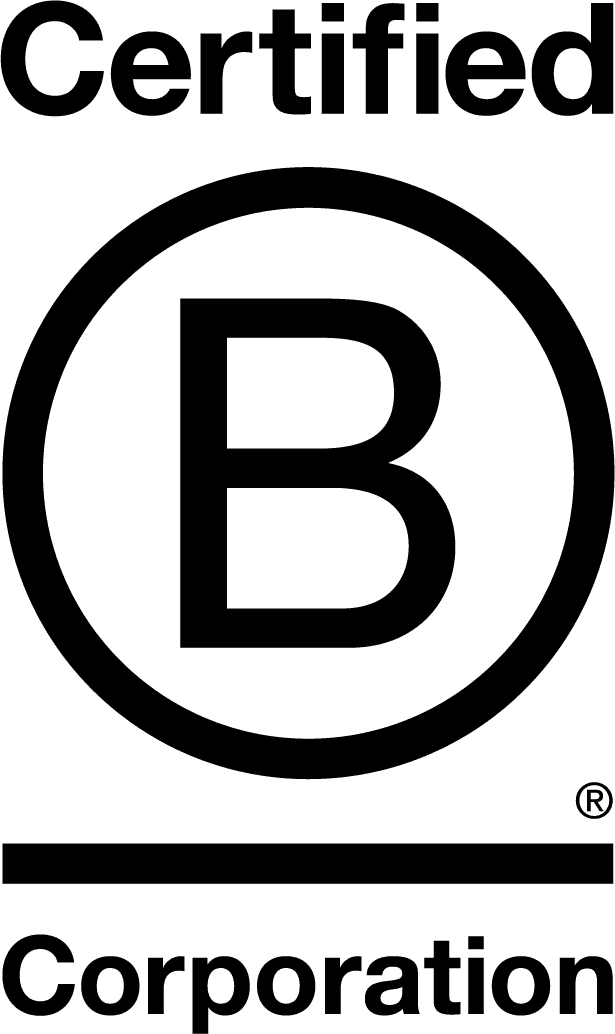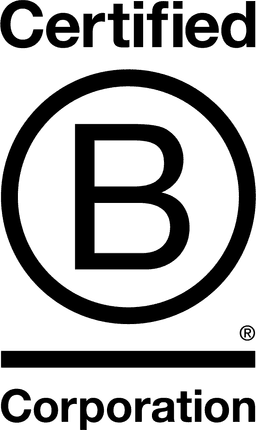

Continews BV

North Holland, Netherlands The
March 2025
Advertising & market research
Service with Minor Environmental Footprint
Belgium,
Denmark,
Finland,
Germany,
Netherlands The,
Norway
e work exclusively for organizations that want to make their environment better - for people, for communities or for the planet. We help these brands become visible in the media. Not through ads, but with real stories that editors want to bring. Whether it's data, research, social trends or your own mission - we translate your work into monthly, newsworthy content. And then we pitch it to relevant journalists. This is how we work: We don't do single campaigns or one-off projects. We believe in continuity. That's why we work with a clear and simple membership model - with fixed rates, full transparency and one goal: structural media attention that builds your reputation. Every month we make sure your brand is visible in reliable media. Sometimes nationally, sometimes in trade media or regional titles - always strategically chosen to strengthen your position. Not for everyone: We only work for brands that actively contribute to a better world. That can be about the climate, health, equality or empowering people. Whatever your mission - if it's sincere and positive, we'll make sure your story gets the stage it deserves.
Overall B Impact Score
Governance 14.8
Governance evaluates a company's overall mission, engagement around its social/environmental impact, ethics, and transparency. This section also evaluates the ability of a company to protect their mission and formally consider stakeholders in decision making through their corporate structure (e.g. benefit corporation) or corporate governing documents.
What is this? A company with an Impact Business Model is intentionally designed to create a specific positive outcome for one of its stakeholders - such as workers, community, environment, or customers.
Workers 33.0
Workers evaluates a company’s contributions to its employees’ financial security, health & safety, wellness, career development, and engagement & satisfaction. In addition, this section recognizes business models designed to benefit workers, such as companies that are at least 40% owned by non-executive employees and those that have workforce development programs to support individuals with barriers to employment.
Community 28.9
Community evaluates a company’s engagement with and impact on the communities in which it operates, hires from, and sources from. Topics include diversity, equity & inclusion, economic impact, civic engagement, charitable giving, and supply chain management. In addition, this section recognizes business models that are designed to address specific community-oriented problems, such as poverty alleviation through fair trade sourcing or distribution via microenterprises, producer cooperative models, locally focused economic development, and formal charitable giving commitments.
What is this? A company with an Impact Business Model is intentionally designed to create a specific positive outcome for one of its stakeholders - such as workers, community, environment, or customers.
Environment 10.3
Environment evaluates a company’s overall environmental management practices as well as its impact on the air, climate, water, land, and biodiversity. This includes the direct impact of a company’s operations and, when applicable its supply chain and distribution channels. This section also recognizes companies with environmentally innovative production processes and those that sell products or services that have a positive environmental impact. Some examples might include products and services that create renewable energy, reduce consumption or waste, conserve land or wildlife, provide less toxic alternatives to the market, or educate people about environmental problems.
Customers 1.6
Customers evaluates a company’s stewardship of its customers through the quality of its products and services, ethical marketing, data privacy and security, and feedback channels. In addition, this section recognizes products or services that are designed to address a particular social problem for or through its customers, such as health or educational products, arts & media products, serving underserved customers/clients, and services that improve the social impact of other businesses or organizations.